Jaipur
The capital city of Rajasthan combines the allure of its ancient history with all the advantages of a metropolis. The bustling modern city is one of the three corners of the golden triangle that includes Delhi, Agra and Jaipur. Jaipur traces back its origins to 1727 when it was established by Jai Singh II, the Raja of Amber. He shifted his capital from Amber to the new city because of the rapidly-growing population and an increasing water scarcity. The story goes that in 1876, the Prince of Wales visited India on a tour. Since the colour pink was symbolic of hospitality, Maharaja Ram Singh of Jaipur painted the entire city pink. The pink that colours the city makes for a marvellous spectacle to behold. Jaipur rises up majestically against the backdrop of the forts Nahargarh, Jaigarh and Garh Ganesh Temple. Noted architect Vidyadhar Bhattacharya used the established principles of Vastu Shastra to build the city.
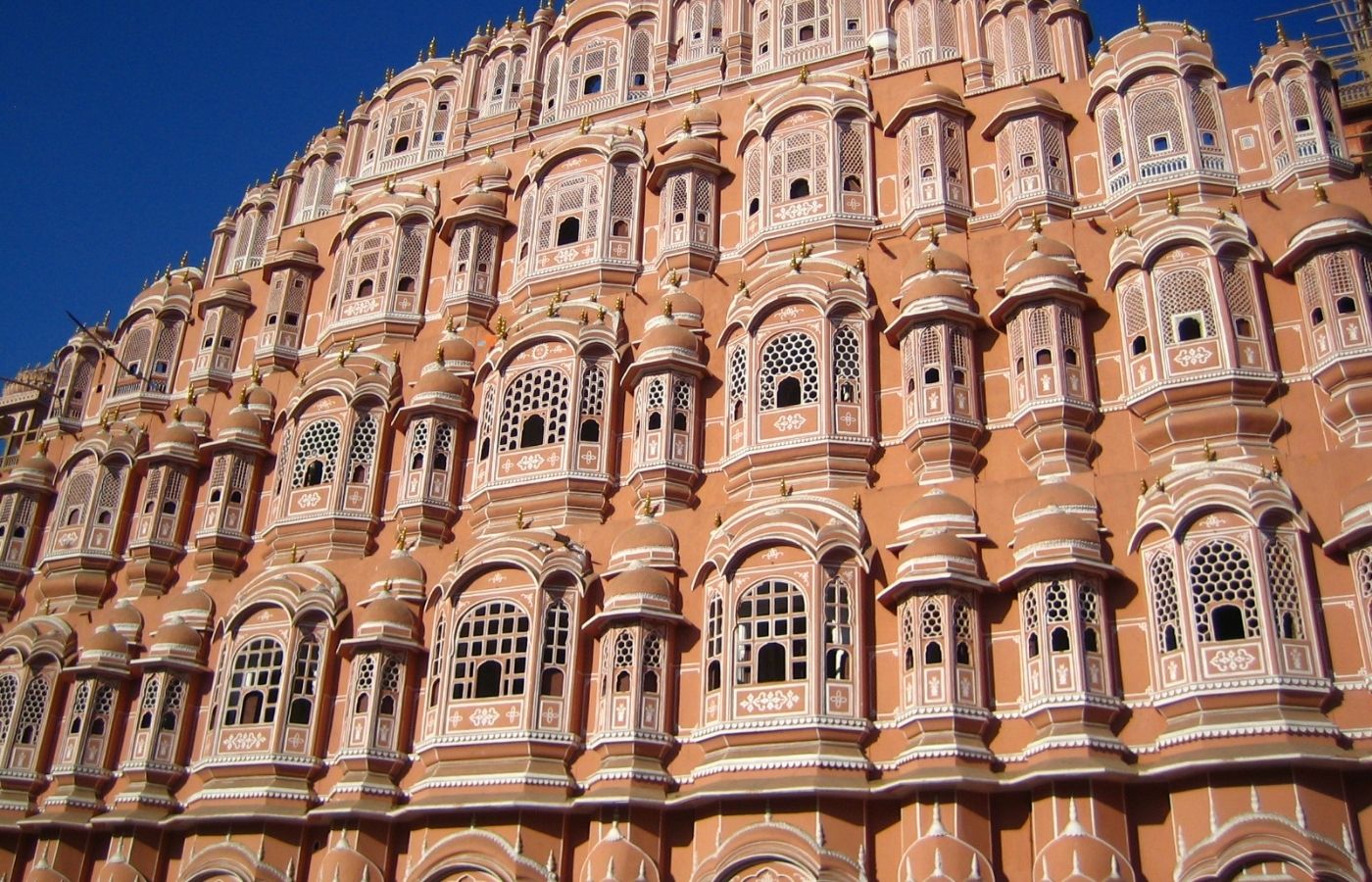
Hawa Mahal
Hawa Mahal, literally the Palace of Winds, was built in 1799 by the poet king Sawai Pratap Singh as a summer retreat for him and his family. It also served as a place where the ladies of the royal household could observe everyday life without being seen themselves. This unique five-storey structure is a blend of Hindu and Islamic architecture, and the exterior, with its small latticed windows (called jharokhas), resembles the crown of Lord Krishna.
The windows also serve as an air-conditioner of sorts, blowing cool air throughout the palace, making it the perfect retreat during summers. Built from pink sandstone, the Hawa Mahal is Jaipur’s iconic landmark and visitors can view its complete magnificence from outside, from across the road. However, it is also possible to climb right up to the top for a wonderful view from the windows. Today, the Mahal is maintained by the Archaeological Department of the Government of Rajasthan and also houses an archaeological museum in the courtyard.
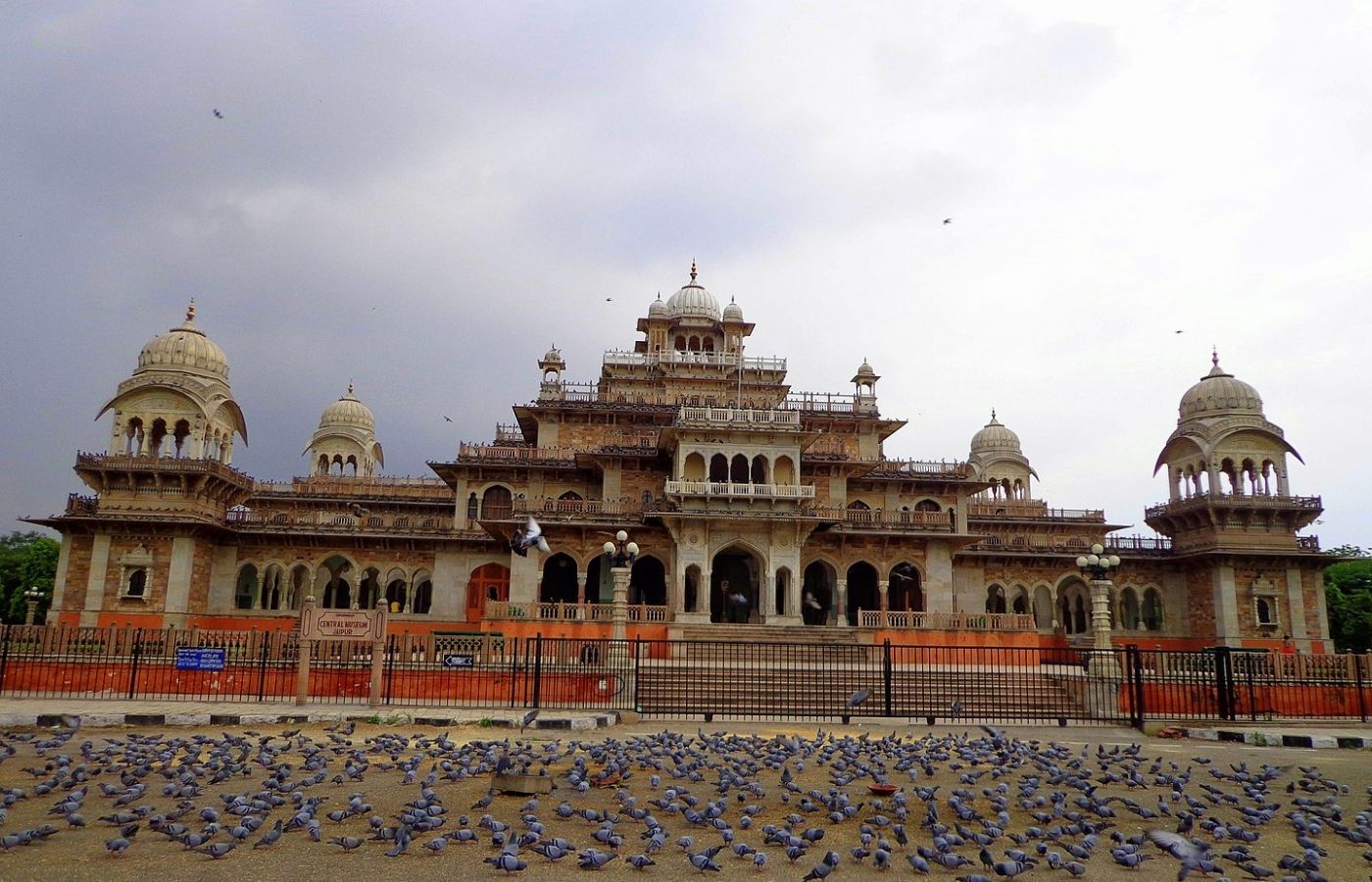
Albert Hall Museum (Central Museum)
The building gets its name from The Victoria and Albert Museum in London, the inspiration for its design. The exquisitely built Albert Hall is housed in the centre of Ram Niwas Garden. Sir Swinton Jacob (who is also the mastermind behind many other palaces in Rajasthan) conceptualised and designed it using styles from the Indo-Sarcenic architecture and the Prince of Wales laid the foundation stone of the building in 1876. The museum displays a wide range of metal objects, wood crafts, carpets, stone and metal sculptures, arms and weapons, natural stones and ivory goods. It also houses a large collection of miniatures from Bundi, Kota, Kishangarh, Udaipur and Jaipur schools of art.

Jal Mahal
One of the most wonderful sights in Jaipur is the beautiful Jal Mahal or Lake Palace. The light, sand coloured stone walls and the deep blue of the water make for a wonderful contrast. The palace appears to float in the centre of Man Sagar Lake, where its magnificent exteriors can be enjoyed by tourists.
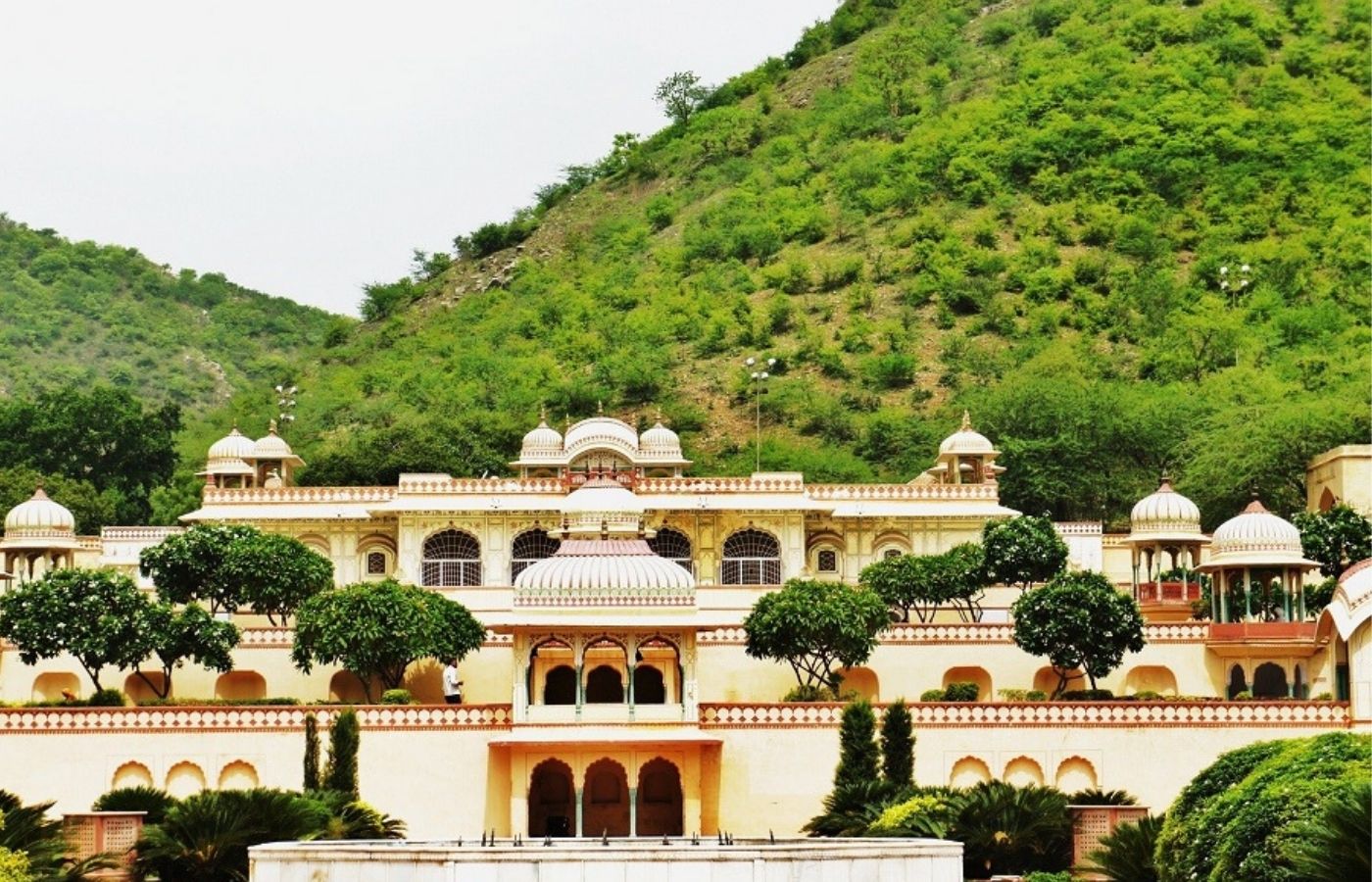
Sisodiya Rani Palace
Sisodia Rani Palace and Garden is located 8 kilometres from Jaipur on the Agra road. Laid out in Mughal style, it is painted with the legends of Radha and Krishna. The garden is multi-tiered and has fountains, water courses and painted pavilions. Maharaja Sawai Jai Singh II built it for his Sisodia queen.

Amar Jawan Jyoti
The Amar Jawan Jyoti, or the ‘flame of the immortal soldiers’, is a memorial dedicated to the martyrs of Rajasthan. This memorial is situated near Jaipur’s Vidhan Sabha Bhawan (Legislative Assembly).The key attraction of the Amar Jawan Jyoti is that the torches at the four corners of the structure are always burning. In evenings, this formidable structure is attractively lit up in vivid colours. The brilliant lighting effects make this a picturesque spot a favourite with tourists.

Galtaji
Galtaji is an ancient pilgrimage centre in Jaipur. Set amidst low hills and packed with locals and tourists alike, the attractive spot has temples, pavilions and holy kunds (natural springs and water tanks). Visitors to Galtaji will come across the complex of Ramgopalji temple, locally called the Monkey temple (Galwar Bagh). It gets this moniker because of a large group of resident monkeys. The green landscape and chattering monkeys add to the delight of the area. On top of the hill is a small temple dedicated to the sun god, called the Surya Mandir. Constructed by Diwan Kriparam, the temple can be seen from anywhere in the city.
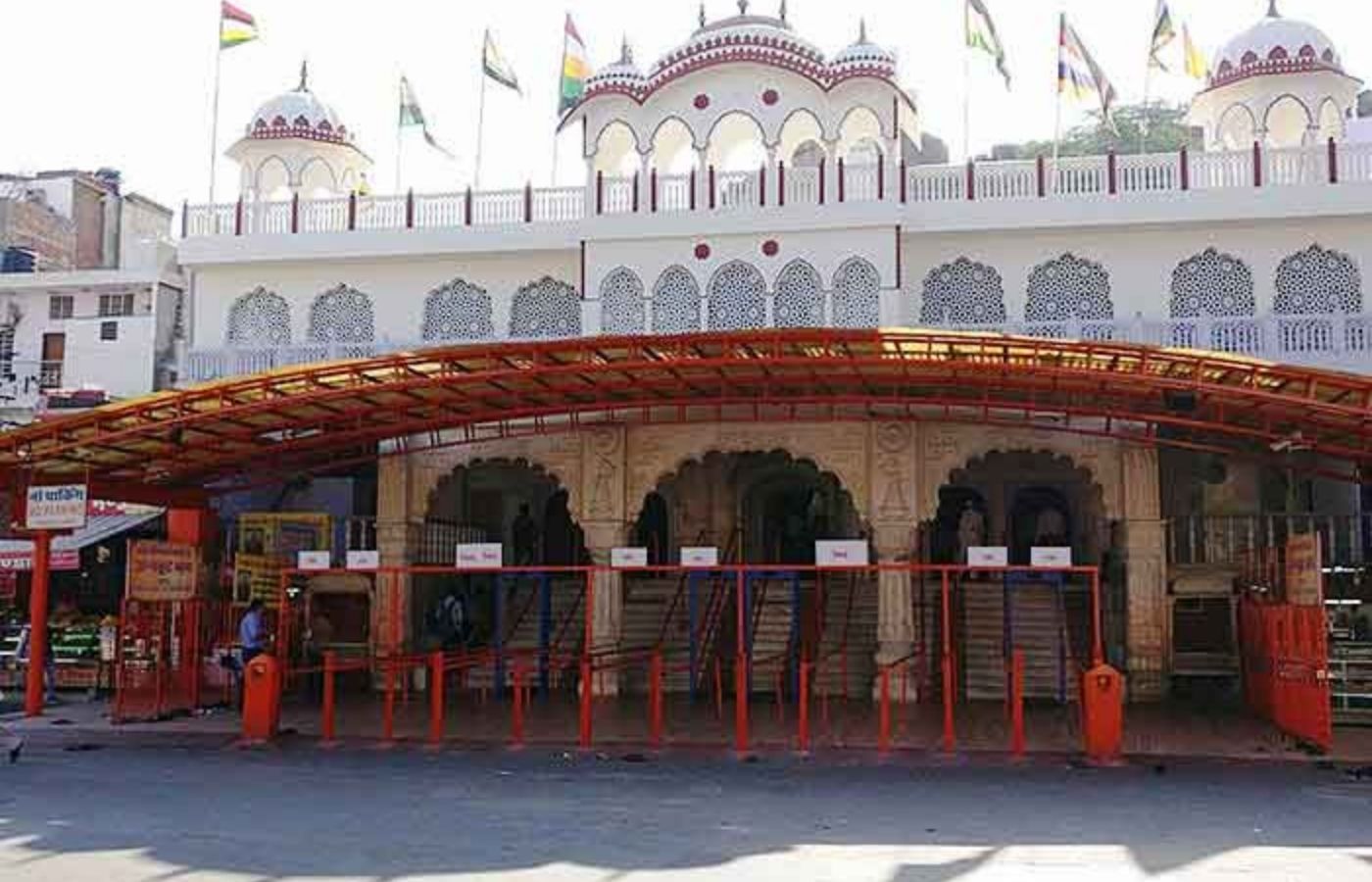
Moti Dungari Ganesh Temple
Moti Doongri is a small hill around which the city of Jaipur flourishes. Moti Doongri means pearl hill, because the hill indeed resembles a pearl drop. Visitors go there to pay homage at the famous Ganesh temple, the most auspicious and important religious temple in Jaipur. The Ganesh temple was built by Seth Jai Ram Paliwal, sometime in the early 18th century. A legend goes, the King of Mewar was heading back to his palace after a long journey and was carting a massive Ganesh idol on a bullock cart. The king had decided that he would build a temple for the idol of Lord Ganesh wherever the bullock cart stopped. Apparently the cart stopped at the foot of the Moti Doongri, which is where the temple is situated today. The hill also has an exotic palace perched right on top. A replica of a Scottish castle, it was once the royal home of Maharaja Sawai Man Singh. The mere view of this castle is extremely exotic.
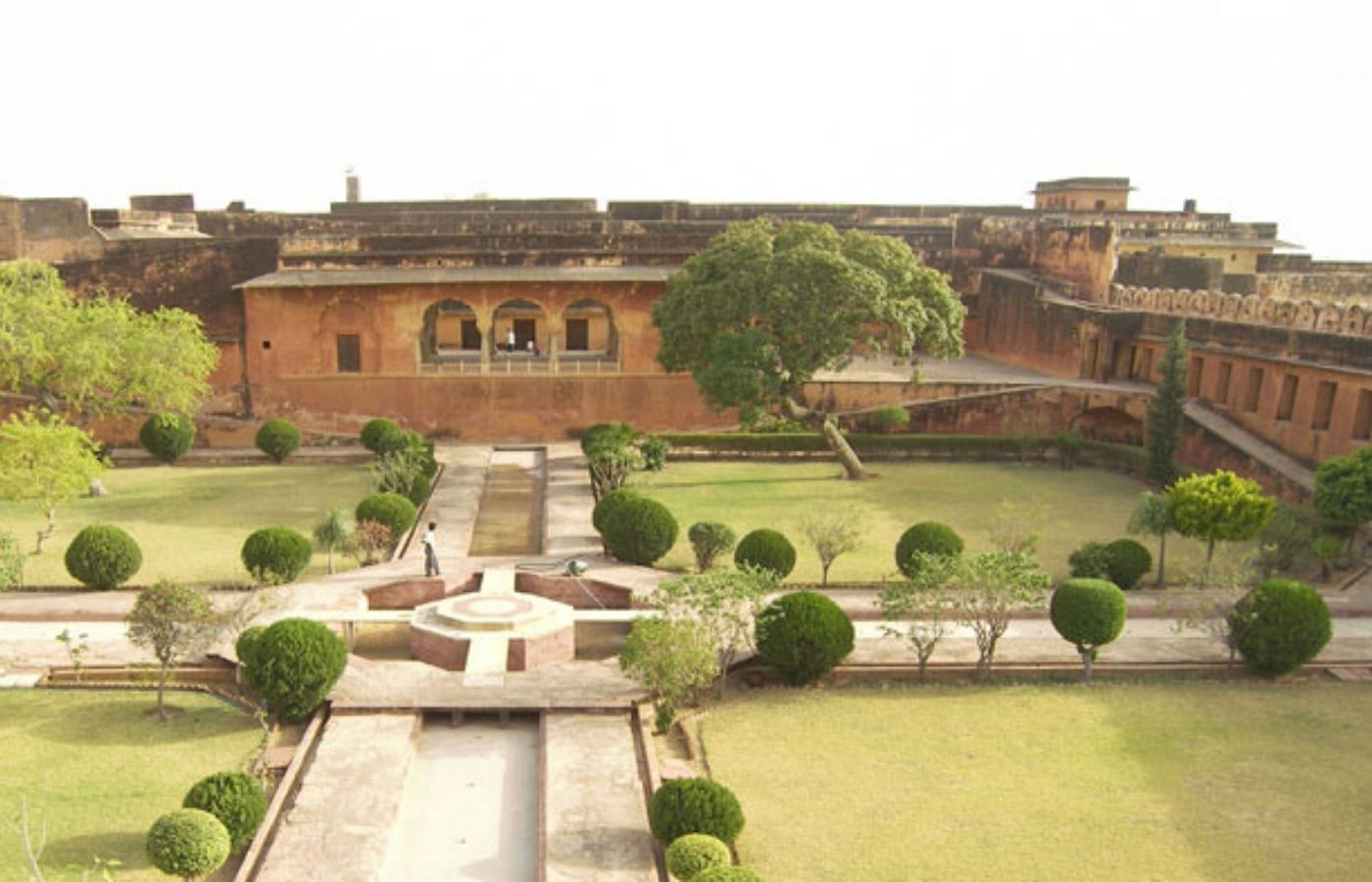
Jaigarh Fort
About 15 kilometres from Jaipur, Jaigarh Fort was built by Sawai Jai Singh II sometime in the early 18th century amidst the arid, rocky and thorn-scrub covered hills. Despite its ancient construction, it still retains most of its imposing citadel appearance. Visitors can see the world’s largest cannon – Jaiban, at the fort.

Jantar Mantar
UNESCO World Heritage Site, Jantar Mantar in Jaipur is considered to be the largest of the five astronomical observatories built by Maharaja Sawai Jai Singh II, the founder of Jaipur. It contains sixteen geometric devices, designed to measure time, track celestial bodies and observe the orbits of the planets around the sun. It also houses the Interpretation Centre that helps the tourists to understand about the working principles & chronolgy of the observatory.
Fare Estimates
Jodhpur To Ahmedabad Car Rental Fare Estimates
Jodhpur To Ajmer Car Rental Fare Estimates
Jodhpur To Balotra Car Rental Fare Estimates
Jodhpur To Barmer Car Rental Fare Estimates
Jodhpur To Bhilwara Car Rental Fare Estimates
Jodhpur To Bikaner Car Rental Fare Estimates
Jodhpur To Delhi Car Rental Fare Estimates
Jodhpur To Falna Car Rental Fare Estimates
Jodhpur To Gudamalani Car Rental Fare Estimates
Jodhpur To Jaipur Car Rental Fare Estimates
Jodhpur To Jaisalmer Car Rental Fare Estimates
Jodhpur To Jalore Car Rental Fare Estimates
Jodhpur To Kota Car Rental Fare Estimates
Jodhpur To Mount Abu Sirohi Taxi Fare Estimates
Jodhpur To Nagaur Car Rental Fare Estimates
Jodhpur To Nakoda Car Rental Fare Estimates
Jodhpur To Pachpadra Refinery Cab Fare Estimates
Jodhpur To Pushkar Brahma Ji Temple Cab Fare
Jodhpur To Ramdevra Car Rental Fare Estimates
Jodhpur To Ranakpur Jain Temple Car hire Fare
Jodhpur To Salasar Balaji Temple Taxi hire Fare
Jodhpur To Sam Desert Jaisalmer Cab hire Fare
Jodhpur To Sanchore Car Rental Fare Estimates
Jodhpur To Sanderao Car Rental Fare Estimates




